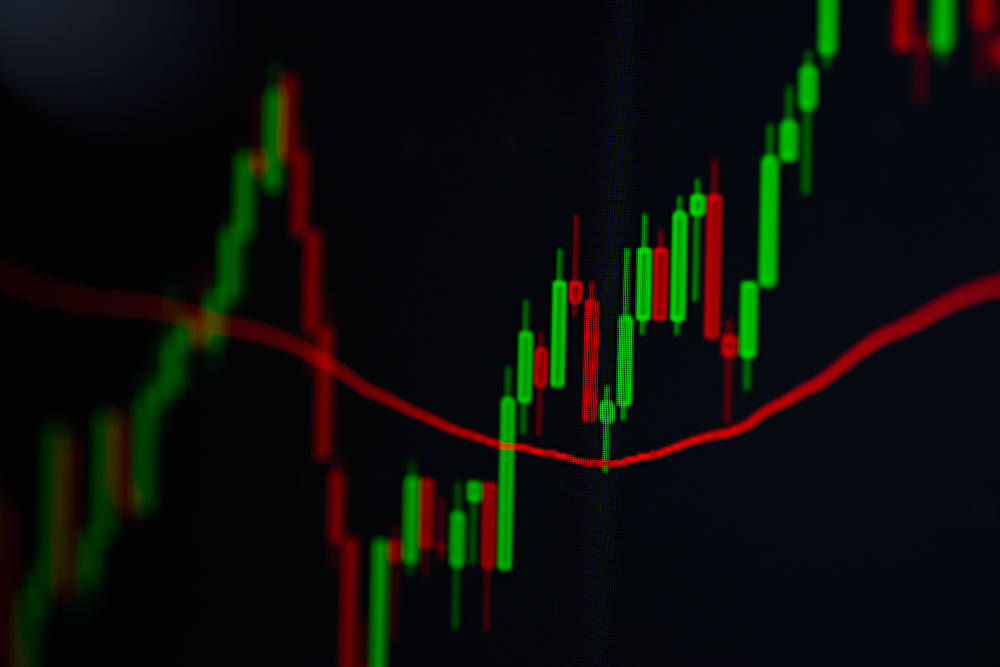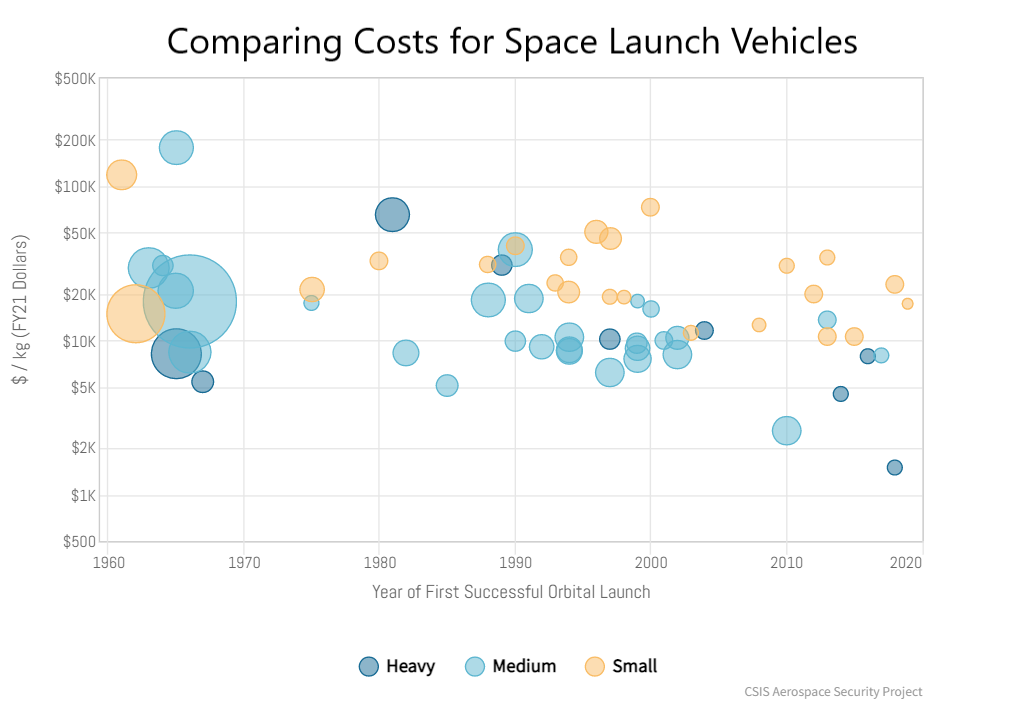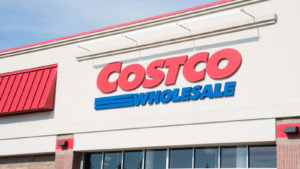Wealth building is an activity that very rarely happens overnight. You may have heard about inheritance being the most old-fashioned way to “earn” a fortune; this is followed by winning the lottery, marrying into money, or striking it rich by means of a highly favorable divorce settlement. These are the only situations in which we can talk about fortunes being made from one day to another, but we should not refer to them as being the product of earnings.
In the field of finance, earnings refer to the money generated by business activities and transactions. We have earnings per share, earnings before interest, and total revenue earnings. We tend to associate the word with the active generation of money, but earnings can also be generated by passive income. When we talk about compound interest, earnings refer to the exponential effect of reinvesting profits and making disciplined contributions to the portfolio.
Billionaire investor Warren Buffett is one of the most respected builders of wealth; even though he is the first person to admit that luck and happenstance have been present in his life more than once, we can safely say that he has earned his fortune, which as of July 2021 was estimated to be more than $100 billion. We can also boil Buffett’s wealth-building practices down to stock investing and compound interest. Buffett has been compounding since he was a teenager, and he credits compound interest with generating about half of his wealth, particularly over the last couple of decades.
Stock Market Indexing and Compound Interest
Quite a few smart investors have generated considerable wealth thanks to the combination of indexing and compound interest accounts. In essence, indexing is a passive way of investing in the stock market. Investors who adhere to this strategy believe that Wall Street will not let them down in the long run because the market is hardwired for expansion and maximum profit.
A Wall Street benchmark index consists of a group of stocks that represent a market segment. The S&P 500, for example, lists the 500 largest Wall Street companies in terms of market capitalization regardless of industry. The beauty of indexing is that it provides investors with a snapshot of the Wall Street market economy, and it also enables us to dissect market data in various ways; for example, we know S&P 500 indexing investors have enjoyed 10.9% annual returns since the early 1970s. Imagine what these S&P 500 investors are able to passively generate when they deposit their profits into compound interest accounts. Instead of depositing cash, this strategy would entail acquiring more ETFs such as the SPDR Portfolio S&P 500, which is managed by State Street and charges low fees. As of July 2021, the cost of one SPLG share, which trades on the New York Stock Exchange, was $50.75.
If you want to apply a strategy that is closer to what Buffett has achieved over many decades, you could always pick stocks that have a great potential for growth. According to an analysis published by The Motley Fool personal finance website, investors who purchased $1,000 worth of Costco Wholesale shares in the mid-1980s have been able to increase their investment value to $450,000 in 2021, and this does not take into consideration compounding. Similar gains have been made by early Home Depot and Starbucks investors.
Compound interest investors also have the option to replicate almost exactly what Buffett has done at Berkshire Hathaway, a stock that works similar to a mutual fund or a Wall Street benchmark index. All you have to do is purchase Berkshire Hathaway stock, which on July 16 traded for $417,848. When we pull up the historical chart for BRK-A, we see that it traded for less than $1,500 in late 1984, and it has paid thousands worth of dividends since. The more attainable BRK-B shares, which do not pay dividends, were trading for $277.93 on July 6, which is pretty impressive when considering that they traded for less than $22 back in 1996. Berkshire Hathaway compounds most of its portfolio, but you can do even more compounding on your own for maximum profit potential.



